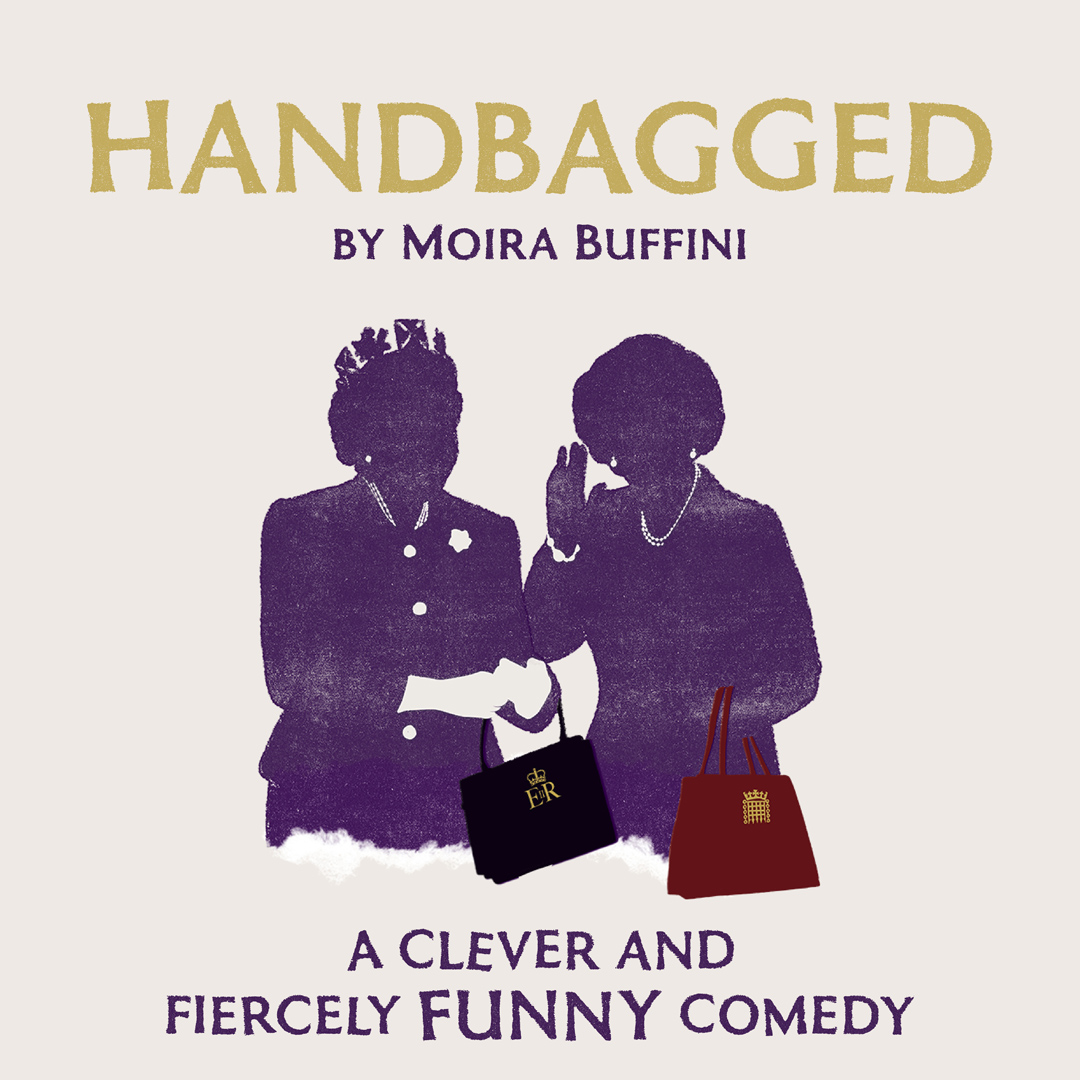
What is The Real Story of Peter Pan?
4 min read
Share
Peter Pan first appears in J. M Barrie’s The Little White Bird, in 1902.
Barrie’s original version of Peter Pan’s story is much darker than you might be aware of, from real life to fictional facts.
“But of course he cared very much; and he was so full of wrath against grown-ups, who, as usual, were spoiling everything, that as soon as he got inside his tree he breathed intentionally quick short breaths at the rate of about five to a second. He did this because there is a saying in the Neverland that, every time you breathe, a grown-up dies; and Peter was killing them off vindictively as fast as possible.”
— Chapter 11: Wendy’s Story, Peter Pan (1911).
The Little White Bird
In the original draft of the novel, Peter is a villain, kidnapping young children from their beds. The Little White Bird is a semi-autobiographical tale, considered to be a thinly veiled novel about George Llewelyn Davies, one of the boys who inspired Barrie’s Lost Boys.
There is what is seen as a creepy tone in the book. The narrator befriends a boy named David by pretending to have a son who died, so he can better create empathy with the boy’s parents. As David’s mother, Mary, is deceived, the narrator is shown as particularly excited. This allows him to “take [David] utterly from her and make him mine.”
Peter Pan is the magical boy made up by the narrator, the boy who never grows old and who lives in Kensington Gardens, where Barrie first met two of the Llewelyn Davies boys.

The Tragic Story of Peter
The Little White Bird portrays a more tragic story about Peter than we’re used to seeing. Just a week old, Peter leaves his home believing his mother will always keep the window open for him. He happily plays with birds and fairies, never fearful of losing his mother’s affections.
When Peter finally decides to return, never having aged a day, he finds the windows closed and his mother cuddling another baby. He finds that her love is conditional and she replaced him. Barrie based the story on his relationship with 5-year-old George Llewelyn Davies, said to have been his favourite, and the other Llewelyn Davies boys.
In addition to holding a deep affection for Michael, Barrie seems to also have held a proprietary affection for the boys. The boys’ mother passed away in 1910 when Barrie was 50, and he changed her will to him taking the boys guardianship and not the nanny.
This, many say, fulfilled the dream of The Little White Bird’s narrator.
The Lost Boys’ Fate
The Lost Boys (Slightly, The Twins, Tootles, Curly, and Nibs) are young boys lost by their parents because they “fall out of their prams when the nurse is looking the other way and if they are not claimed in seven days, they are sent far away to the Never Land.”
In Peter and Wendy, it’s stated that, when the Lost Boys start to grow up, Peter “thins them out”. The implication has always been that he either banishes or kills them.
“All wanted blood except the boys, who liked it as a rule, but to-night were out to greet their captain. The boys on the island vary, of course, in numbers, according as they get killed and so on; and when they seem to be growing up, which is against the rules, Peter thins them out; but at this time there were six of them, counting the twins as two.”
— Chapter 5: The Island Come True, Peter Pan (1911).
The official sequel to Peter and Wendy came out in 2006, titled Peter Pan in Scarlet. In this novel, it’s revealed what happens to the Lost Boys when they start to grow up. Slightly, one of the Boys, is banished by Peter to Nowhereland when he shows signs of growing up.
Nowhereland is the home of the Long Lost Boys who were previously banished by Peter. Like them, Slightly’s banishment means that Peter and his allies will forever ignore his existence.

Peter Pan, The Villain?
It’s quite easy to read Peter Pan as a villain. He easily murders pirates and seemingly Lost Boys as well when they break the ‘no-growing-up rule’. Additionally, he alters the boys’ bodies whenever they need to fit through tree-holes leading to the underground lair.
Peter also can’t tell the difference between real life and playing pretend, sometimes giving the Lost Boys pretend meals and not believing them when they state still being hungry. As the eternal child, Peter seems to not have the ability to see other people as people, finding danger entertaining and only seeming to save the Darlings and the Lost Boys to celebrate his own intelligence.






















